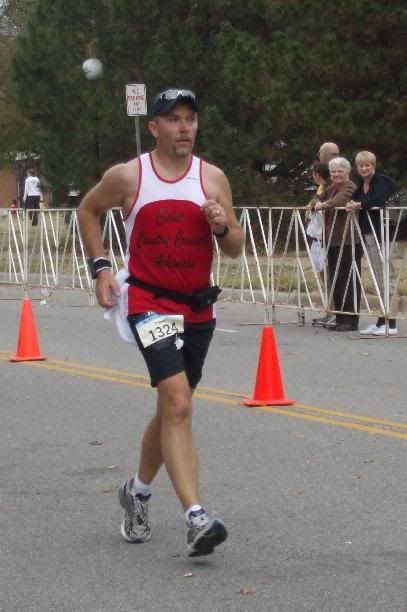| 12/4/2007, 5:39 p.m. PST By SARAH SKIDMORE The Associated Press | | |
PORTLAND, Ore. (AP) — When parts of Oregon were overwhelmed by wind and water during the recent storm, vital communication often was lacking, with trees down and across phone lines and cell coverage limited.
Even the state police had difficulty in reaching some of their own troops.
But ham radio worked.
| | |
|
|
In fact, amateur radio operators were heralded by state emergency officials as heroes. Ham radio is more than just a hobby to some. It can set up networks for government and emergency officials to communicate when other communication services fail.
"One of the problems in this is always communication," Gov. Ted Kulongoski said after a visit Tuesday to Vernonia and a fly-over there and other affected areas. "I'm going to tell you who the heroes were from the very beginning of this...the ham radio operators. These people just came in and actually provided a tremendous communication link to us."
A network of at least 60 volunteer amateur radio operators working along the coast and inland helped from keep crucial systems such as 911 calls, American Red Cross and hospital services connected. They relayed information about patient care and relayed lists of supplies needed in areas cut off by water.
In addition to getting an FCC license to operate, certain groups of operators are cleared by the federal government to work as emergency responders.
"You are amateur in name only," said Steve Sanders, a spokesman for District One of the Amateur Radio Emergency Service, which helped in several key counties hit by the storm.
The Oregon Office of Emergency Management said the radio operators were tireless in their efforts to keep the systems connected.
It was ham radio that kept
Amateur radio works on a set of radio frequencies known as "amateur bands" just above the AM broadcast band all the way up to high microwave frequencies. Operators use their own equipment to communicate with other operators, using different equipment and frequencies than emergency responders.
So when some services won't work, they can relay messages.
Sometimes it takes creativity and a lot of leg work, such as setting up a new link on the top of a mountain when no other options are available.
The only major limitation, Sanders said, is the number of volunteers.
"This was just the poster child storm for what we do," Sander said.











No comments:
Post a Comment